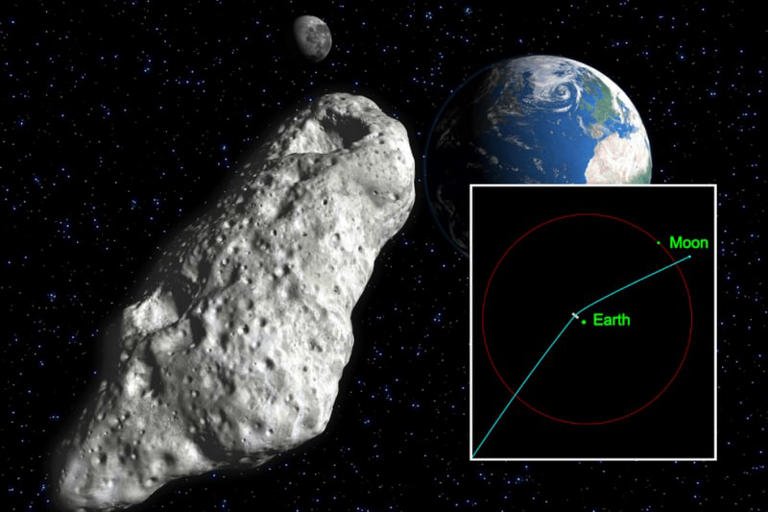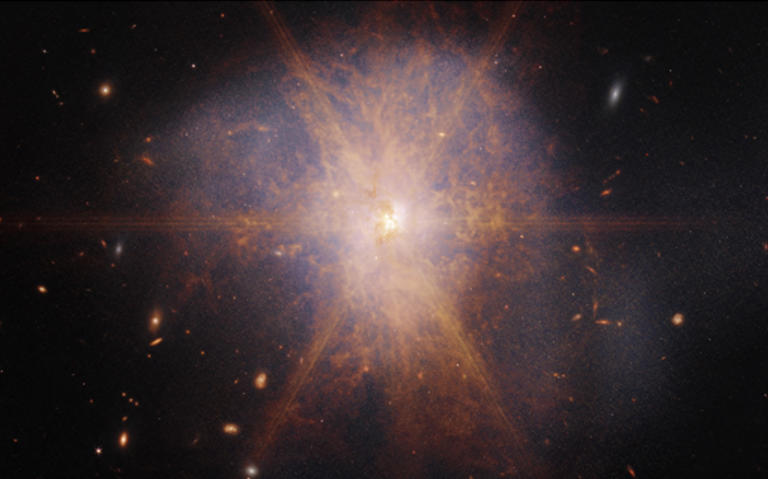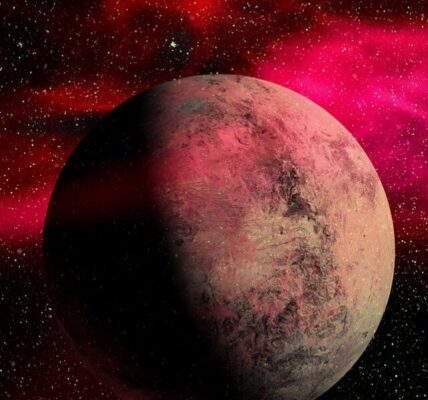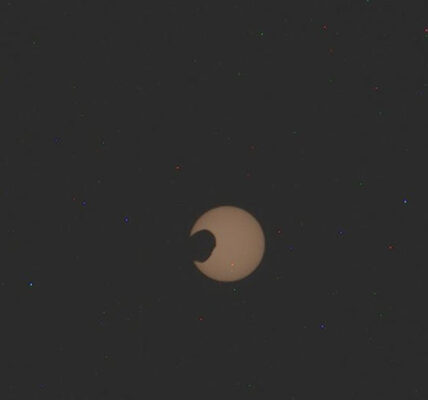Interstellar Visitor Near Jupiter sparks global scientific interest as astronomers track a mysterious object from another solar system passing through our cosmic neighborhood.

Interstellar Visitor Near Jupiter Draws Global Scientific Attention
An exciting discovery has captured the attention of astronomers around the world—a mysterious interstellar visitor near Jupiter. This strange object, possibly from another solar system, was first detected by scientists in Hawaii and has since been confirmed to be on a one-time journey through our solar system.
Let’s take a closer look at what we know about this unusual cosmic traveler, why it matters, and what it could reveal about the universe beyond our Sun.
Spotted by ATLAS: A Surprising Discovery
The journey of the interstellar visitor near Jupiter began when it was spotted by the ATLAS (Asteroid Terrestrial-impact Last Alert System) team at the University of Hawaii. On Tuesday, their telescopes picked up something unusual—an object that didn’t seem to follow the typical paths of asteroids or comets in our solar system.
Soon after, astronomers from around the world began focusing their instruments on it. Scientists believe the object, temporarily named #A11pl3Z, might have come from far beyond our solar system.
ESA and NASA Join the Investigation
The discovery of the interstellar visitor near Jupiter quickly caught the attention of major space agencies. The European Space Agency (ESA) announced that its team of “Planetary Defenders” is now tracking the object using telescopes around the globe.
Both agencies are working together to understand this object’s movement, origin, and composition. Early data suggests something very special—it may be traveling on a hyperbolic trajectory, a path that hints it is not bound to our solar system and likely came from interstellar space.
A Hyperbolic Path: What It Means
When scientists say the interstellar visitor near Jupiter is on a hyperbolic path, they mean it’s moving too fast to stay captured by the Sun’s gravity. Most comets and asteroids travel in loops—elliptical orbits that keep them circling our star. But a hyperbolic orbit is more like a flyby. It comes from somewhere else, zooms past the Sun, and then continues out of the solar system forever.
This rare kind of motion is a strong clue that the object was born in another star system. It might have been ejected by a distant planet or star and wandered through space for millions of years before arriving here.
Other Interstellar Visitors in History
This isn’t the first time astronomers have seen something like the interstellar visitor near Jupiter. It had a strange, cigar-like shape and sparked wild theories, including the idea that it might be an alien spacecraft.
Then in 2019, another visitor arrived—Comet 2I/Borisov. Unlike ‘Oumuamua, it looked more like a typical comet with a visible tail, but it was still confirmed to have come from outside the solar system.
Now, this new interstellar visitor near Jupiter could become the third confirmed interstellar object, adding to the short but growing list of these rare guests.
Why This Matters for Science
Each time we discover an interstellar visitor near Jupiter, we get a chance to learn about parts of the universe we may never be able to reach with spacecraft. Studying them can give scientists clues about how planets form, what other systems are made of, and even how life might begin in other parts of the galaxy.
In other words, they’re like messages in a bottle, tossed into space from unknown worlds far away.

Difficult to Detect, Easy to Miss
Even though scientists believe interstellar visitors pass through our solar system often, they’re incredibly hard to spot. These objects move fast, are often small, and don’t reflect much sunlight. Most of them go unnoticed.
The discovery of the interstellar visitor near Jupiter is a stroke of luck—and a sign that our technology is improving. New and powerful telescopes are helping astronomers catch these fleeting travelers more often.
New Tools: Vera C. Rubin Observatory
One of the reasons we’re now finding objects like the interstellar visitor near Jupiter is thanks to modern instruments like the Vera C. Rubin Observatory, which recently began operations.
With tools like this, scientists hope we’ll start to see many more interstellar visitors, allowing us to study them in greater detail and even plan future missions to intercept them.
What Happens Next?
Right now, astronomers are continuing to collect data on the interstellar visitor near Jupiter. They are tracking its speed, direction, and brightness to better understand where it came from and where it’s headed next.
If future observations confirm its interstellar origin, it will become a major scientific milestone. Some researchers are even hoping that, one day, we might be able to send a spacecraft to meet one of these objects and analyze its materials up close.
Conclusion: A Visitor from the Stars
The interstellar visitor near Jupiter is a thrilling reminder that we live in a vast, active galaxy filled with motion and mystery. Though this object may only pass through once, it brings with it knowledge from faraway stars and systems.
As we continue to explore space, each of these rare encounters adds to our understanding of the universe—and maybe even our place in it.Related:
Zombie Satellite Radio Burst: 1 Stunning Discovery



